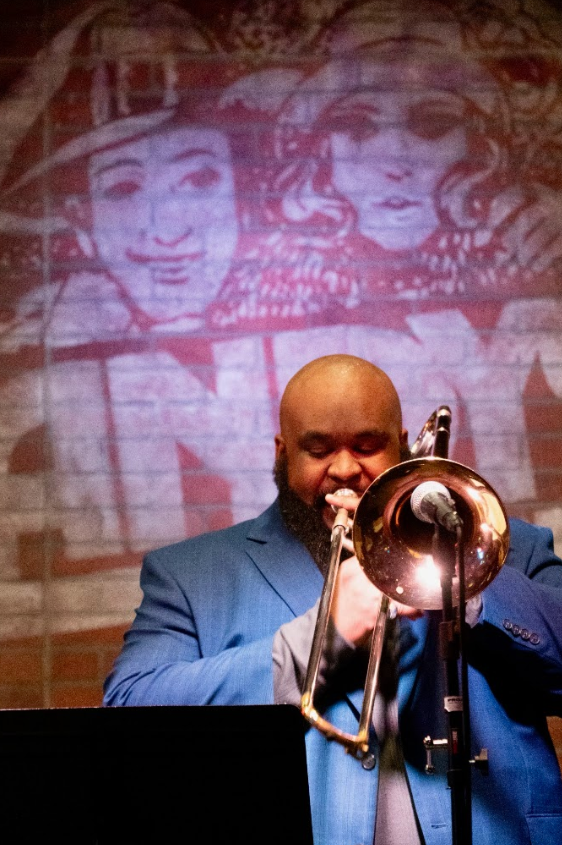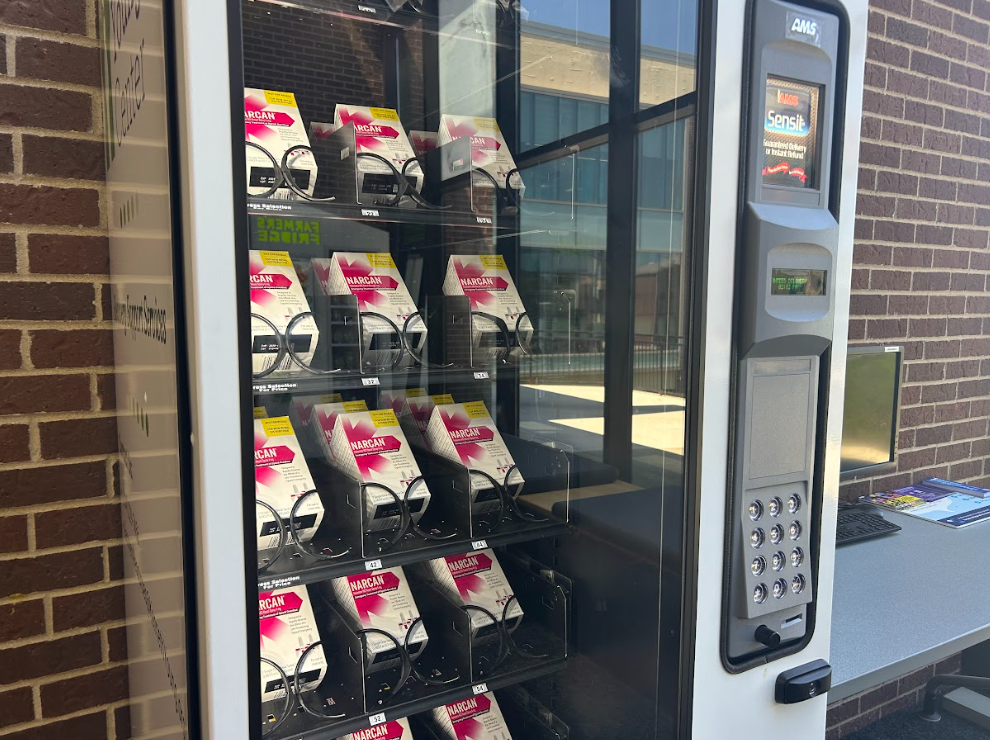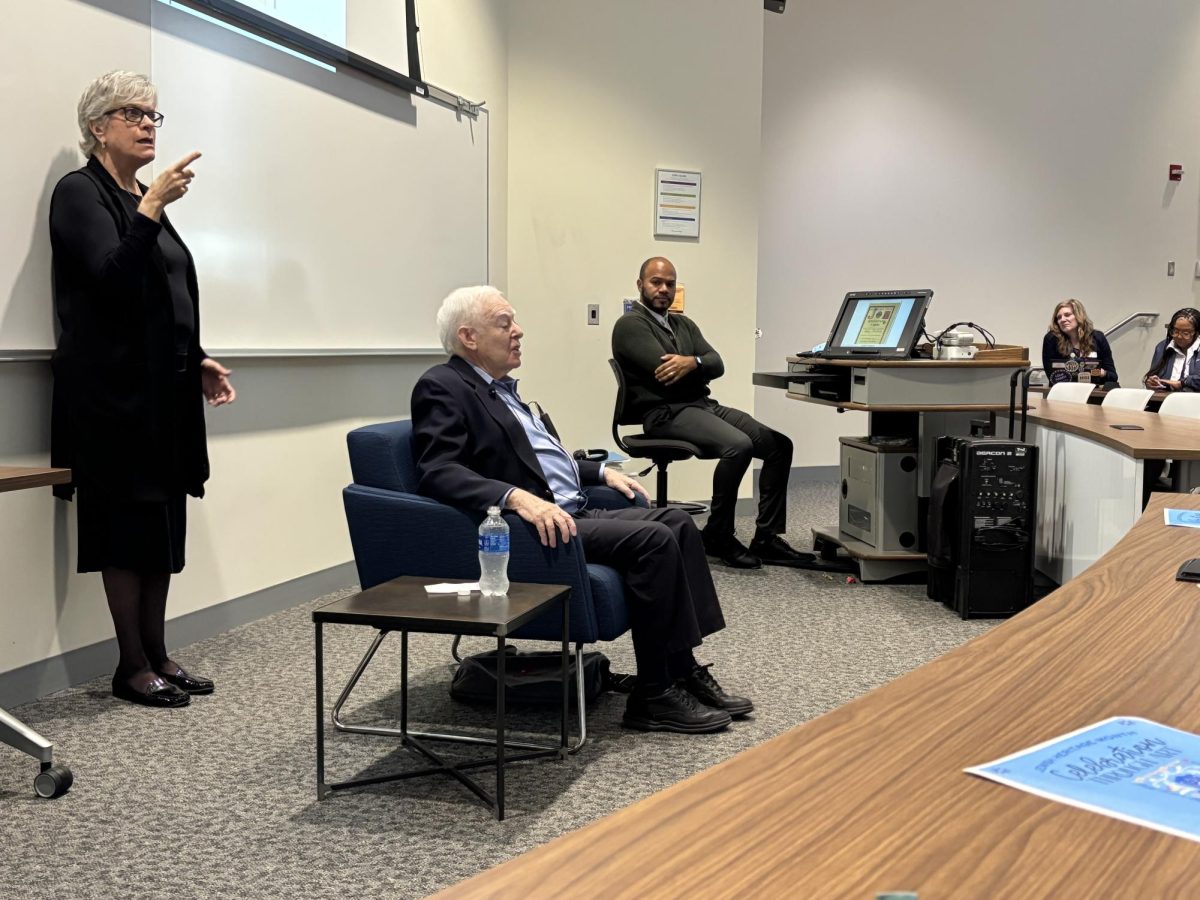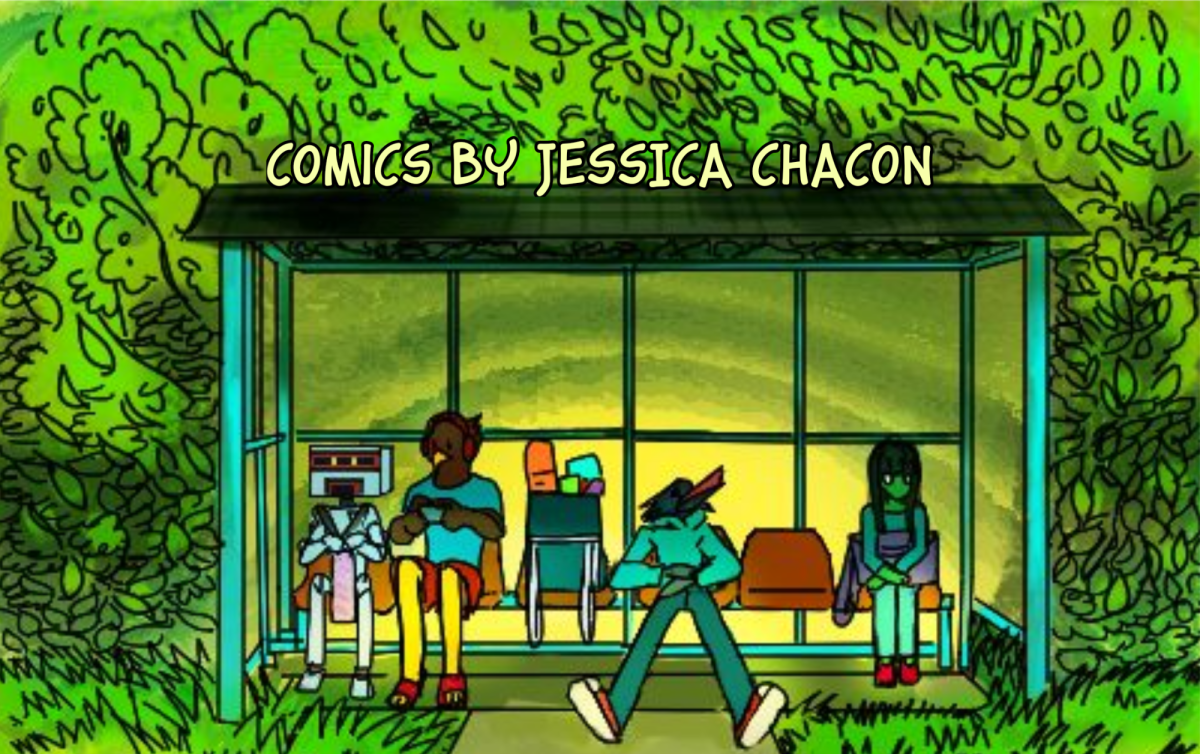Taylor Swift had been taking win after win, from her engagement to the Eras Tour to “The Tortured Poets Department,” shaping what seemed to be Swift’s golden era. Where the average artist would’ve taken time away from their career, Swift decided to outdo herself and announce another album. “The Life of a Showgirl” was a surprise. A good one, or so I thought.
The main problem with the album started with its announcement. The announcement was aired on the New Heights podcast run by Travis Kelce and Jason Kelce, but the marketing and announcement of the album felt rushed and seemed like an attempt to boost viewership for the podcast.
There’s nothing wrong with wanting to gain an audience, but using “Swifties” to do that came across as greedy.
Shortly after her podcast appearance, Swift shared multiple alternate CD and vinyl records, all featuring different songs that were limited to the special edition CD or vinyl. This means that if you really wanted to hear all the songs, you had to buy all three CDs or vinyls she released.
The disks and records were sold for a limited time, only 72 hours. Fans were given only a vague description of what the album was about, yet their devotion was tested by how quickly they were willing to pay up in loyalty.
Then, another cash grab followed. On August 18th, Swift unveiled yet another limited-edition alternate cover, with the vinyl only available for 48 hours on her site: the “Shiny Bug” edition.
To fans like myself who have witnessed Swift’s progression from her “Reputation” era to now, the disappointment with collectibles isn’t really about affordability; she’s earned the right to set high prices. The issue is that she’s begun thinking more like a businessperson than an artist, prioritizing marketing and scarcity over quality.
When she charges premium prices, fans expect premium artistry and materials. For instance, a video about her cardigans showed that she uses cheaper materials similar to wool and cotton. If she’s going to brand her products as exclusive and high-end, they need to live up to that image. Otherwise, it feels disrespectful to the fans who trust her artistry and pay for that standard.
Her recent marketing choices suggest she believes that her fanbase’s devotion will override their critical judgment and that they’ll buy anything bearing her name.
The album was conceived during the Eras Tour. Discussing how the album came to be, Swift said she wrote it on tour.
“I’d do like three shows in a row. I’d have three days off. I’d fly to Sweden, go back to the tour, and actually like working on this. I was physically exhausted at this point in the tour, but I was so mentally stimulated and so excited to be creating,” Swift said.
It sounds like incredible dedication, but Swift didn’t have to rush it like this.
Traditionally, artists take years before releasing a new album. That’s because they care about the art, the way it reaches the ear and settles in the heart. True art takes time to dry, like oil paintings. Instead, Swift handed us a paintbrush.
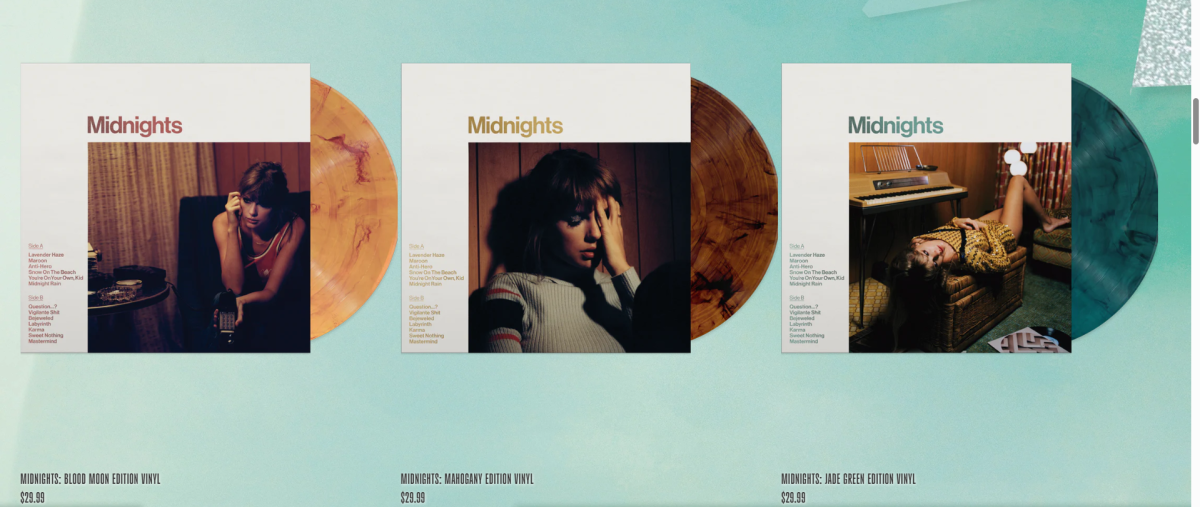
The album had Swifties scrambling to justify the worth to the average listener, working overtime to read in between the lines of the very melodramatic lyrics. Good music shouldn’t require AP Lit-level to make sense.
Then there is the song “Wood.” It is no secret that Joe Alwyn, Swift’s ex-boyfriend, and Travis Kelce are two very different people. I was shocked that Swift dedicated better songs to a man she dated versus the man she’s engaged to. Alwyn got ” Lover,” “Paper Rings,” and most notably “London Boy,” all beautiful, in-depth love songs. All Swift offered Kelce were “So High School” and “Wood.”
“Wood” is about Travis Kelce and his manhood; lyrics such as “Redwood tree, it ain’t hard to see, His love was the key that opened my thighs,” are a complete 180 degree from Taylor’s usual songs about love.
However, that does not mean the entire album was a total flop. The visuals were breathtaking: Swift’s costumes and the album cover were meticulously crafted and eye-catching. A few songs on the album did sound as catchy as Swift promised. “The Fate of Ophelia” was very engaging and uplifting. And perhaps the music sounds odd now because it’s new.
This isn’t a dig at a billionaire or a successful woman; it’s admiration shattering. This is the same artist who once called herself “your English teacher,” and the same artist who has 14 Grammys to her name. This album felt like a reversal of everything Swift has accomplished so far.
I’d rate the album a solid 4/10. When we consider the marketing, visuals, anticipation, songs, and even Max Martin’s involvement, the album falls short. The metaphors, the allusions, the implicit meanings behind the song, everything in this album was very open and almost flat.
Swift has mastered the art of reinventing her music, but this time, she reinvented herself into a brand.






